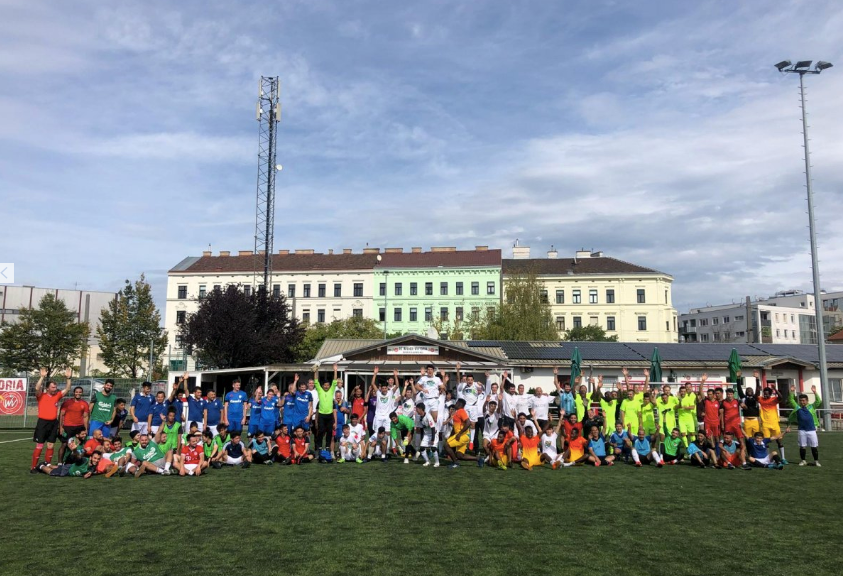Guatemala: Expectations
1/30/20
I like to know what's going on. Unfortunately, I don't always in my host family. I have a couple of instances of this that come to mind. The first is with my host brother Jacob. He is in the army but comes home for weekends. Two weekends ago, I went along to take him back … Continue Reading ››












